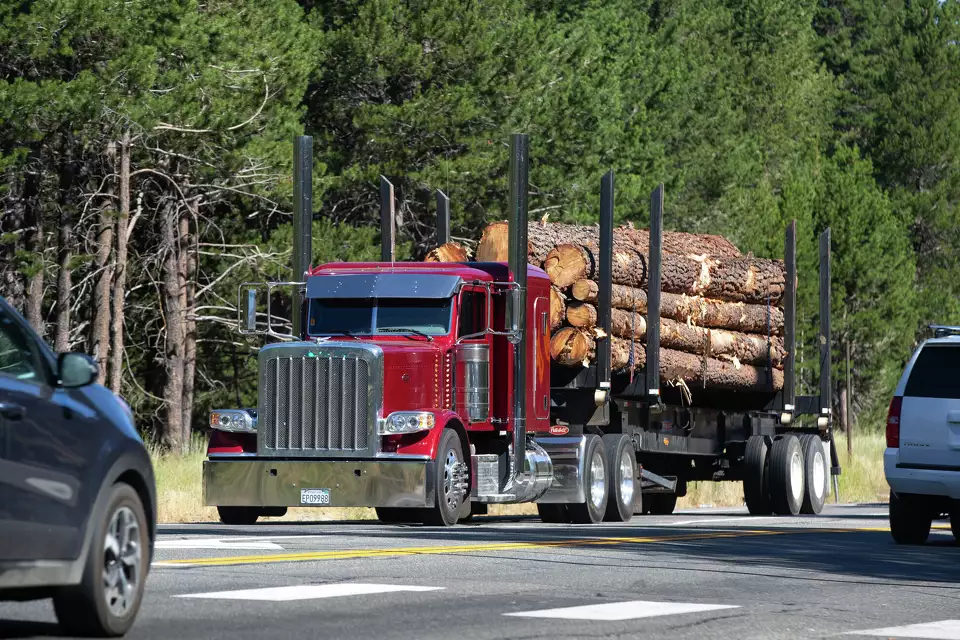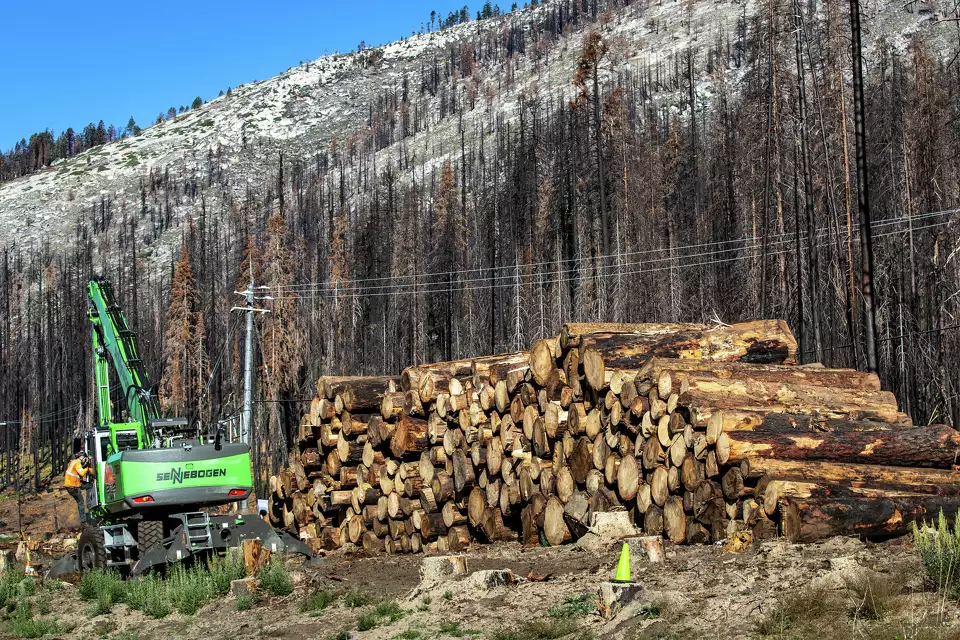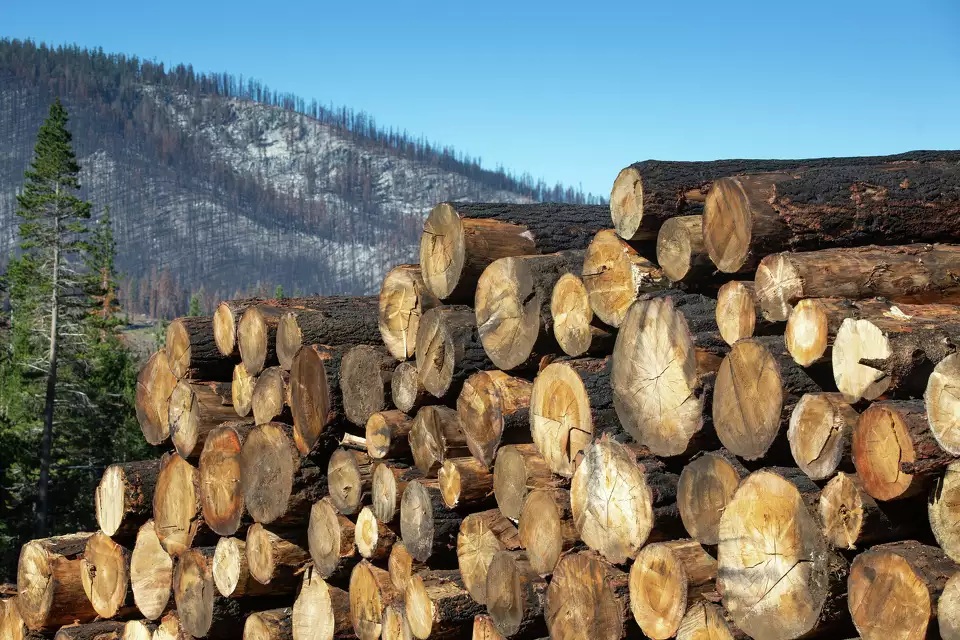We’re all about understanding the complex interplay between environmental policy and its real-world impact. And right now, California’s national forests are at the epicenter of a heated debate: President Trump’s push to unleash the chainsaws.
The administration’s directive to increase timber production by 25% in five years, across all 18 of California’s national forests, has sparked fears of rampant clear-cutting. But as our analysis reveals, the reality is far more nuanced.
The Logistical Logjam:
Despite the administration’s ambitions, forestry experts like UC Berkeley’s Bill Stewart argue that logistical hurdles will severely limit any significant increase in logging. The timber industry’s diminished processing capacity, coupled with the degraded state of many trees due to wildfires and drought, and the challenges of accessing remote areas, create significant roadblocks.
Furthermore, federal staffing cuts at the Forest Service are likely to hinder the agency’s ability to manage logging contracts effectively. As Scott Stephens, a fire ecology and forestry professor at UC Berkeley, points out, “Operationally, they’re not going to get much done.”
Fire and Fury: A Complex Equation:
The Trump administration cites wildfire risk as a key justification for its logging push. And there’s a kernel of truth to this. Targeted tree removal can, in some cases, reduce wildfire risk by thinning overgrown vegetation.
But the environmental community remains deeply skeptical. They argue that profit-driven logging companies will exploit these policies to harvest high-value trees, prioritizing economic gain over fire mitigation. Concerns are also raised about the potential for logging to exacerbate fire risk by creating hotter, windier conditions and removing fire-resistant trees.
The Regulatory Tug-of-War:
The administration’s efforts to expedite logging projects by streamlining environmental reviews have ignited a regulatory battleground. Secretary of Agriculture Brooke Rollins’ declaration of an emergency across 113 million acres of national forests aims to cut through “red tape.”
However, environmental groups warn that this approach could lead to irreversible ecological damage. They advocate for a more holistic approach to forest management, one that prioritizes ecosystem health alongside wildfire mitigation.
A Call for Nuance:
At Endber.com, we believe that the debate over logging in California’s national forests requires a nuanced perspective. While the need to address wildfire risk is undeniable, we must also acknowledge the logistical constraints facing the timber industry and the potential for ecological harm.
As Rep. Tom McClintock aptly states, “Excess timber will come out of the forest in only two ways: Either we will carry it out, or nature will burn it out.” The challenge lies in finding a balance between these two realities.
The Path Forward:
The ongoing debate underscores the urgent need for a comprehensive and sustainable approach to forest management. This approach must prioritize:
- Targeted tree removal: Focusing on areas with the highest wildfire risk.
- Ecosystem protection: Minimizing ecological damage and preserving biodiversity.
- Long-term solutions: Investing in forest restoration and climate change mitigation.
As California grapples with the escalating wildfire crisis, the choices we make today will shape the future of our national forests. At Endber.com, we’ll continue to provide in-depth analysis and insights to help you navigate this critical issue.







0 Comments